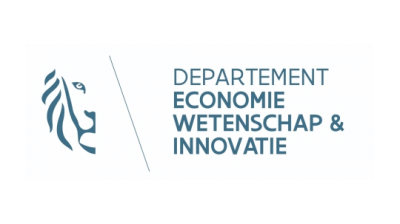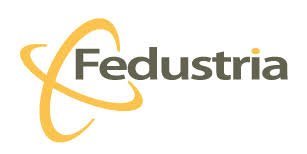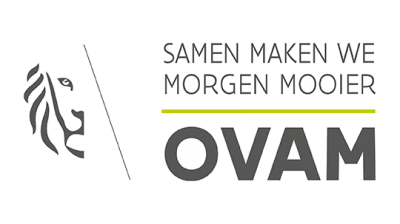Buy Circular
12 lessons for integrating circular construction into your purchasing process
We have also gained experience with circular construction in the Green Deal Circular Purchases. We collected the most important insights.
1. Change-focused design
Use the available space as much as possible. This is stimulated by providing multiple user functions. In Tervuren, for example, sports clubs and youth associations share the halls in the new 'Berg van Termunt' building. By designing or building in a change-focused way you can respond to changing needs in society. An open building design and / or integration of modular building units make your building more 'future proof'.
2. Dialogue with the market
In the construction sector, a lot is already being innovated with a view to circular solutions. Even more than in other sectors. So it is important not only to research what is already available on the market. But also to enter into a dialogue with providers to find the best circular solution together and to stimulate innovation.
3. Maximum value retention
By maintaining, repairing or circularly renovating existing infrastructure and installations, the value of the building materials and raw materials used is preserved as much as possible. Little or no new material is needed and waste is avoided.
4. Environmental impact of materials
Our buildings are becoming more and more energy-efficient and in the future may perhaps be almost energy-neutral. The energy consumption of buildings during the usage phase will therefore represent an increasingly smaller share of the total environmental impact. But materials, which today account for about 15 to 18% of a building's total environmental impact, will become increasingly decisive. Architects can already use TOTEM, the free online tool based on life cycle analysis, to take into account, during the design stage, the material performance of building elements.
5. Insight into materials
Request the use of universal parts with standard sizes and materials that are easily disassembled or replaceable.
A materials passport or digital inventory makes it possible to keep track of which materials have been processed in your building. For inspiration, you can make use of the GRO sustainability meter of the Agency for Facility Operations of the Government of Flanders and under the theme 'Materials' you will find a first step towards building a materials passport (see MAT3_ materialenpaspoort). The BIM can help to better exchange information about the materials used.
6. Encourage reuse and recycling
The construction sector traditionally generates a lot of waste. This waste flow can be reduced by focusing on reuse, both during construction and during demolition or renovation . This can be done by re-using metabolites on site or by prescribing a minimum percentage of reused or recycled content in the specifications. But also by taking dismantlement into account in your design. The visible use of recycled materials, for example, can raise awareness and strengthen the circular image of the client.
A residual value can be determined in contractual agreements about take-back and reuse, depending on the condition of the materials.
7. Cooperation in the chain
Good coordination between the partners is necessary for a successful circular construction project. You can ask in your specifications how it will be organised. For example, by working as an open construction team with all the different parties around the table, the concept can be better interpreted and circular solutions can be sought faster and more efficiently.
8. Circular example projects as a stimulus
Not everyone is yet convinced of the benefits of circular construction. Structures that have been completed can act as an accelerator for getting everyone to join in.
9. Alternative procurement forms
The financial model related to circular construction is currently unfavourable within 'normal' tendering procedures. Different design choices are made for 'Design and Build' projects than for DBFM projects: in the latter case, the contractor will retain responsibility in the long term and must therefore also guarantee better quality in the long term. Alternative tendering models therefore benefit circular construction, as further thought needs to be given to the future of buildings, their maintenance, adaptations, etc.
10. Use specific circular criteria
Additional criteria should be introduced in calls for tenders. As an example, one can ask providers what their vision is of the circular economy in the context of the raw materials decree by 2030. In this way you make providers think further and more results can be achieved. Including 'sustainability' as a criterion is too vague, specific criteria for circular construction should be included as a trigger for the participants, whereby additional points can be obtained, for example, for competition questions.
11. View the long-term costs
At the building level, certain integrated circular building concepts can already manifest themselves in important long-term financial benefits through small interventions with a limited additional cost. After all, buildings that are easier to adapt to new functions in the long term avoid major demolition and renovation costs. This operating cost is, however, often not yet included as a future owner or investor. The life cycle cost (maintenance, adjustments, etc.) is not yet sufficiently known. On the investment side, for example, it is often difficult to indicate to customers that an additional cost at the start can have major financial benefits in the long term.
12. Give start-ups a try
Small start-ups with a circular offer must also be given the opportunity to sit down with the larger companies to be able to prove that they will also be 'cheaper' in the long term than other solutions. The difficulty for these start-ups is often to get new customers in the early stages of their business, which prevents them from growing.















